Lead generation is a key element of any sales process, and with the right strategy, you can attract quality leads and guide them along your marketing funnel until they become customers …and keep nurturing them until they become brand ambassadors! Here we go through some of the main dos and don’ts that you should keep in mind when planning and executing your lead generation strategy.
Planning
Failing to plan is planning to fail, so make sure your lead generation efforts are based on a solid plan than will help you assess your performance, and tweak where needed.
DO
- Plan with clear goals in mind, and make sure these are aligned with your overall business objectives.
- Know what budget is available to you, so you can prioritise your efforts accordingly.
- Keep up-to-date with best practices and evolution in the digital marketing landscape so you don’t waste time on something that just doesn’t work anymore.
DON’T
- Don’t forget to align your sales and marketing teams, e.g. in terms of how you score leads, if you want to get the best results.
- Don’t get lost in mountains of raw data when measuring the performance of your strategy. Pick some relevant Key Performance Indicators (KPIs) to check at fixed intervals.
Executing
1. Targetting
These days, we all expect a more personalised service from all the companies we interact with, so targeted content and appropriate messaging are must-haves.
DO
- Define personas so you better understand your target audience and how they make decisions.
DON’T
- Don’t use a ‘one-message-fits-all’ approach – target your messages according to personas, as well as to the position of your visitors, leads or prospects lie in your marketing funnel. Poorly targeted or timed messages can thwart your lead generation efforts.
- Don’t skip the marketing funnel by advertising to cold audiences – this is an inefficient way to generate leads as many will be poor quality leads who are not a good fit for what you have to offer.
2. Content marketing
Content is the foundation of lead generation and lead nurturing efforts, and has a huge potential to inspire, educate and convince your target audience. Get it right, and this is a cost-effective way of generating high-quality leads.
DO
- Attract leads with valuable relevant content. If you’re not sure what you need to be focusing on, take a look at your personas and identify what problems your content can help them solve.
- Check out the competition to see how their content strategy either is, or isn’t working for them. This will help you understand whether or not you need to put extra focus here.
DON’T
- Don’t focus on what your product or service does, focus on how it can solve your customer’s problems. Only once you are very close to a sale should you be reassuring your prospect about why your solution is the right one.
- Don’t forget about old copy. Look back through your archives and see what content you can repurpose and reuse. Keep content fresh and improve keywords and calls to action based on what you learn from your performance management.
3. Landing pages
A great landing page gives you an opportunity to narrow the visitor’s focus to one item that is valuable enough for them to exchange their personal details in return for it.
DO
- Use dedicated landing pages to draw your clients, and avoid linking to your homepage from a lead-generating piece of content.
DON’T
- Don’t confuse your potential leads by having multiple calls to action on your landing pages. Keep it simple, and don’t include unnecessary links to other parts of your site.
4. Social media
With the right strategy, social media is a powerful tool that can be leveraged for both B2B and B2C.
DO
- Tailor content for each channel you use, for example, post valuable B2B content on LinkedIn while keeping Facebook for lighter, more people-oriented posts. Make sure the tone you use is suitable for the channel in question.
- Ad hashtags to your LinkedIn posts and share to give them a better chance of being found by members following hashtags or searching for them. Tip: choose a way to record the hashtags you use so you don’t have to rethink this each time you post.
DON’T
- Don’t spam your audience, and try to get the balance of informative and self-promotion content right (about 80/20 is a good target to aim for).
5. Forms
Even if your content convinces visitors to share their personal details with you, you still need to capture those details. Make this as smooth an experience as you can for them, so they don’t get put off and abandon your form before submitting.
DO
- Make it clear what people will get by filling out a form. Gaining leads through ambiguous offers or under false pretences will only work against you in the long run.
- On contact forms, give an idea of how fast they should expect a reply. Your goal should be to be as available as possible to retain the attention of your lead and start to nurture the relationship.
DON’T
- Don’t ask too many questions, for example, only asking for an email address the first time reduces opt-in friction. Later on, you can ask for more information as you engage more with the lead.
Although there are some relatively obvious dos and don’ts for successful lead generation (and its close friend lead nurturing), remember that lead generation is an ongoing process that needs to be tweaked and finetuned as your business, and the marketing landscape, evolves.
There is no such thing as a one-size-fits-all lead generation strategy, and it’s important that you adapt yours to the needs of your business, and more importantly, to your target audience.
For more about B2B lead generation, take a look at our B2B Lead Generation Guide.


